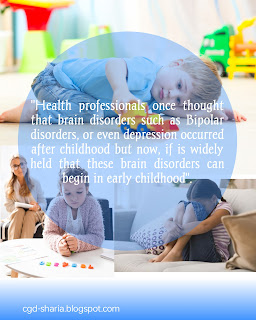HOW A MOTHER'S LOVE CHANGES A CHILD'S BRAIN

N urturing a child early in life may help him or her develop a larger hippocampus, the brain region important for learning, memory and stress responses, a new study shows. Studies in human children, on the other hand, found a connection between early social experiences and the volume of the amygdala, which helps regulate the processing and memory of emotional reactions. Numerous studies also have found that children raised in a nurturing environment typically do better in school and are more emotionally developed than their non-nurtured peers. Brain images have now revealed that a mother's love physically affects the volume of her child's hippocampus. in the study , children of nurturing mothers had hippocampal volumes 10 percent larger than children whose mothers were not as nurturing. we can now say with confidence that the psycho social environment has a material impact on the way the human brain develops,"said Dr. Joan Luby, The study's lead researcher ...


